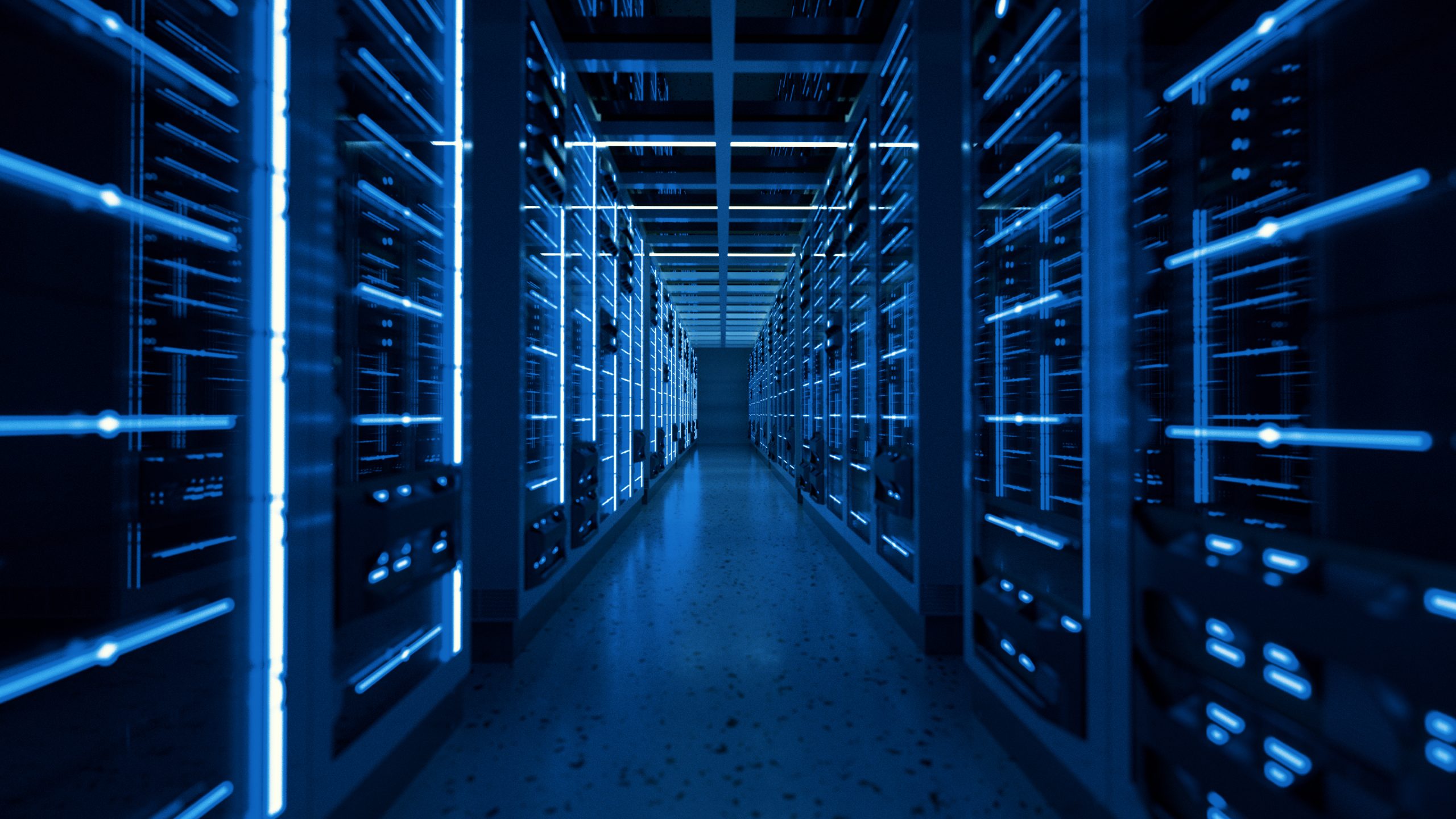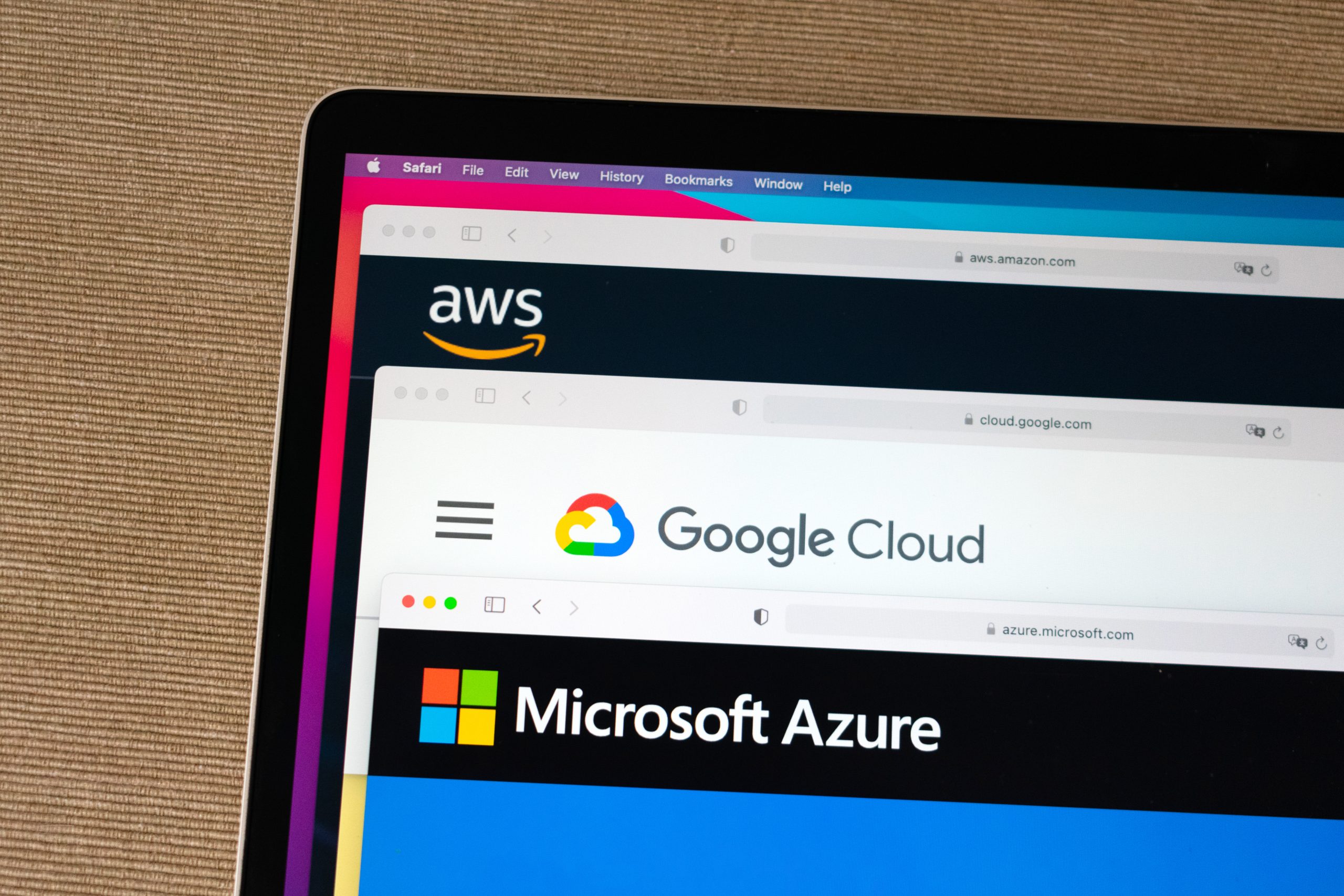Global digitisation is on a collision course with the increasingly urgent need to tackle climate change.
For all the sound arguments that technology will be key to a greener future, there is at present one big problem – digital technology is a huge consumer of energy, and while we continue to rely on burning fossil fuels as our primary power source, increased digitisation runs counter to all efforts to reduce carbon emissions and protect the environment.
Nowhere is this more starkly illustrated than in data centres. Worldwide, data centres now form the backbone of our sophisticated IT networks and infrastructure. Offering computing resources on an industrial scale, the massed ranks of servers and processors that make up a typical data centre, plus all the cooling systems required to prevent them from overheating, consume vast quantities of energy.
It is estimated that data centres already use upwards of 400 terawatts of electricity annually, which is not far off 3% of total global power production. The way that demand for data centre capacity is growing apace, accelerated in part by the COVID-19 pandemic and the new impetus that has given to cloud migration, it is believed that data centres could soon be swallowing up 8% of the world’s electricity capacity.
The data centre industry finds itself in a difficult predicament. The problem, of course, is not that power consumption per se is bad for the environment. It’s the fact that the world is taking so much time to wean itself off fossil fuels and replace them with greener, renewable sources of energy that is the real issue.
Data centre operators might be tempted therefore to shrug and say, it’s not our problem – people want their computers and smartphones, their internet and their cloud-based systems. It all has to be powered somehow. But the environment has become a sensitive subject when it comes to brand reputation. For the hyperscale data centre operators like Amazon, Google, Facebook and Microsoft who also have enormous consumer-facing interests, being seen to do nothing to address the environmental impact of their operations is not an option.
But nor is slowing down the demands of digital progress.
Targeting zero carbon
There are no shortage of initiatives aimed at powering data centres in greener, more sustainable ways. These range from locating data centres in cold regions (or even in cold water) to make use of non-mechanical free cooling technology, to the major carbon offsetting initiatives run by Google and Microsoft which see them match the power they actually use with purchases of electricity from renewable sources around the globe, bringing millions of gigawatts of clean electricity onto the grid every year.
But as Google itself acknowledges, this is not the same as making sure that all the energy it uses itself is from renewable sources – a target it has set itself to achieve by 2030. When it comes to carbon emissions, net zero is not as good as zero. But how can data centre operators realistically achieve this, especially in regions of the world where access to renewable power sources remains problematic?
One technology that has been gaining a lot of attention recently is hydrogen fuel cells. In 2020, Microsoft ran a successful trial in which it powered a server bank for 48 hours entirely from hydrogen cells, and has now outlined a plan to use them to replace diesel generator back-up power systems at its data centres.
It’s certainly a step in the right direction – diesel generators are notoriously bad polluters, churning out toxic fumes and particulate matter that endanger health as well as carbon emissions. Hydrogen fuel cells, on the other hand, generate electricity with water and heat the only by-products.
Looking forward, there is a lot of excitement about the potential applications of hydrogen fuel cell technology, ranging from electric cars to powering individual buildings with their own cell banks. However, at present, the limited amount of power individual fuel cells are capable of producing at present, and the need therefore to stack cells in large arrays, make even these ambitions some way off, never mind the massive amounts of power needed to run a data centre.
However, with Microsoft aiming to go one better than Google and be carbon negative by 2030 – i.e. taking more CO2 from the atmosphere than it actually uses – there is a big drive within the company to take the lead on finding alternative green power sources for data centres. With research funded through co-founder Bill Gates’ multi-million dollar environmental interests, if anyone is going to upgrade hydrogen fuel cell technology to the point where it can run a data centre scale UPS, don’t bet against it being Microsoft.





